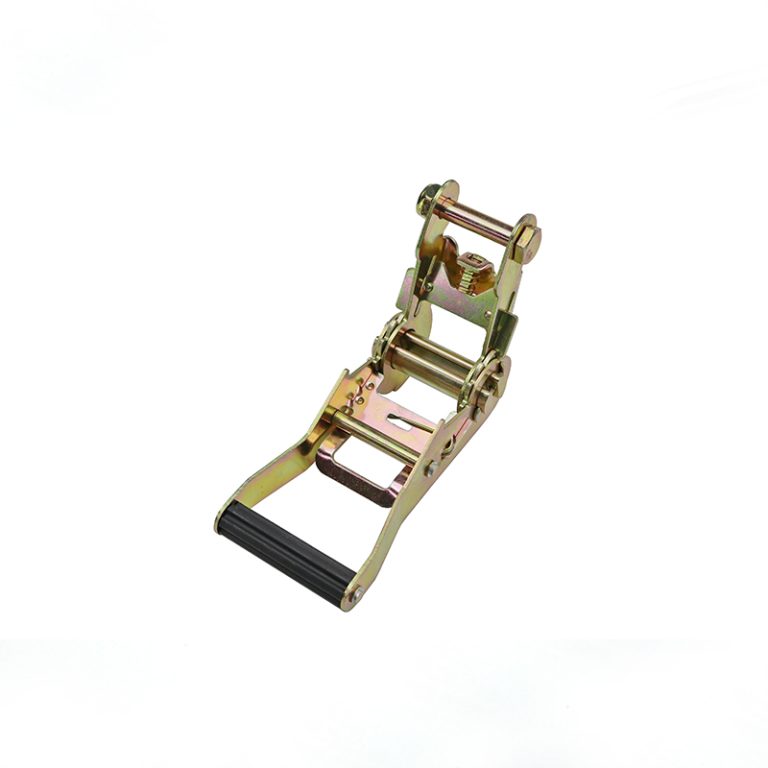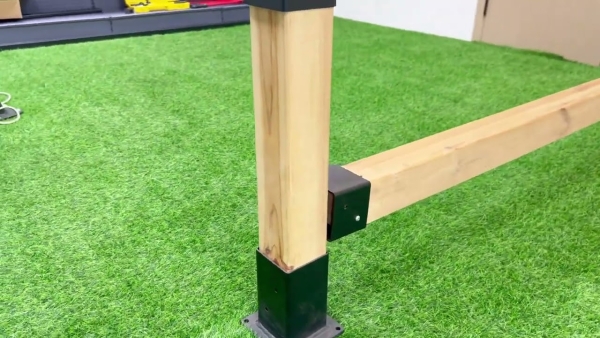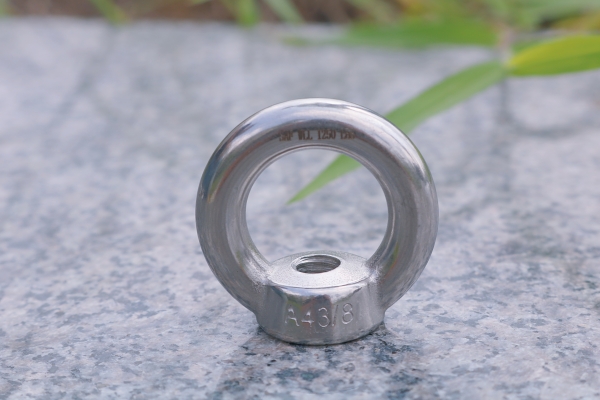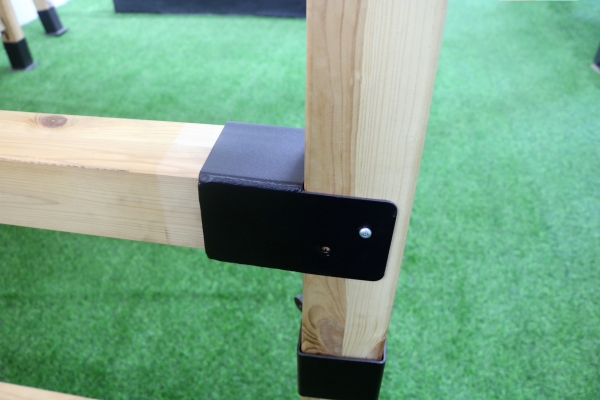De geschiedenis en oorsprong van pergola’s
Tijdens de Renaissance in Europa werden pergola’s opnieuw populair, omdat het tuinontwerp uitgebreider en formeler werd. Pergola’s werden vaak gebruikt om grote entrees tot tuinen te creëren, maar ook om schaduw te bieden in woonruimtes buiten. Het gebruik van pergola’s in renaissancetuinen weerspiegelde de invloed van klassieke architectuur en ontwerpprincipes.
In de 18e en 19e eeuw bleven pergola’s een populair onderdeel van tuinen en buitenruimtes, vooral in Europa en Noord-Amerika. Pergola’s werden vaak gebruikt om klimplanten, zoals rozen en blauwe regen, te ondersteunen, waardoor er een mooi en geurig bladerdak boven het hoofd ontstond. Pergola’s werden ook gebruikt om buitenkamers te creëren, waardoor ze een beschutte en intieme ruimte boden om te dineren, te entertainen of gewoon te ontspannen in de tuin.
Tegenwoordig zijn pergola’s nog steeds een populair onderdeel van tuinen en buitenruimtes over de hele wereld. Moderne pergola’s zijn verkrijgbaar in verschillende stijlen en materialen, van traditionele houten constructies tot strakke metalen ontwerpen. Pergola’s worden vaak gebruikt om buitenruimtes te creëren en schaduw, structuur en schoonheid te bieden aan tuinen, patio’s en terrassen.
Concluderend: de geschiedenis en oorsprong van pergola’s zijn terug te voeren op oude beschavingen, waar ze voor verschillende doeleinden werden gebruikt. doeleinden, waaronder het bieden van schaduw, het ondersteunen van klimplanten en het creëren van buitenleefruimtes. Van het oude Egypte tot moderne tuinen: pergola’s zijn een populair en veelzijdig kenmerk in landschapsontwerp gebleven. Of ze nu worden gebruikt om een schaduwrijke loopbrug te creëren, klimplanten te ondersteunen of een beschutte leefruimte buiten te bieden, pergola’s blijven de schoonheid en functionaliteit van tuinen en buitenruimtes over de hele wereld verbeteren.
The word “pergola” is derived from the Latin word “pergula,” which means a projecting eave. The origins of pergolas can be traced back to ancient Egypt, where they were used to provide shade in gardens and outdoor spaces. The ancient Egyptians were known for their love of gardens and outdoor living, and pergolas were a common feature in their landscape design.
From Egypt, the use of pergolas spread to ancient Greece and Rome, where they were used in gardens, public spaces, and even in private homes. The Greeks and Romans were known for their advanced architectural skills, and pergolas were often used to create shaded walkways, outdoor dining areas, and seating areas in their gardens.
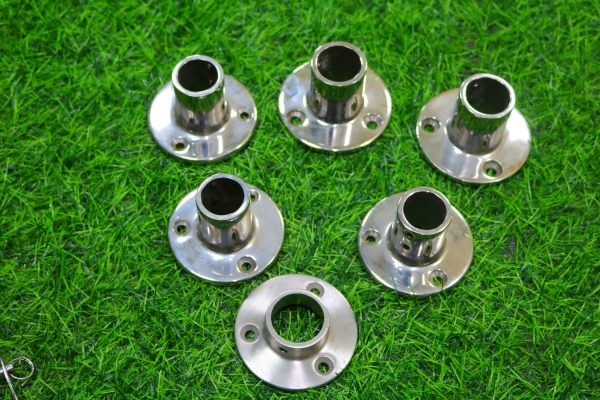
During the Renaissance period in Europe, pergolas became popular once again, as garden design became more elaborate and formal. Pergolas were often used to create grand entrances to gardens, as well as to provide shade in outdoor living spaces. The use of pergolas in Renaissance gardens reflected the influence of classical architecture and design principles.
In the 18th and 19th centuries, pergolas continued to be a popular feature in gardens and outdoor spaces, particularly in Europe and North America. Pergolas were often used to support climbing plants, such as roses and wisteria, creating a beautiful and fragrant canopy overhead. Pergolas were also used to create outdoor rooms, providing a sheltered and intimate space for dining, entertaining, or simply relaxing in the garden.
Today, pergolas continue to be a popular feature in gardens and outdoor spaces around the world. Modern pergolas come in a variety of styles and materials, from traditional wooden structures to sleek metal designs. Pergolas are often used to create outdoor living spaces, providing shade, structure, and beauty to gardens, patios, and decks.
In conclusion, the history and origin of pergolas can be traced back to ancient civilizations, where they were used for various purposes, including providing shade, supporting climbing plants, and creating outdoor living spaces. From ancient Egypt to modern-day gardens, pergolas have remained a popular and versatile feature in landscape design. Whether used to create a shaded walkway, support climbing plants, or provide a sheltered outdoor living space, pergolas continue to enhance the beauty and functionality of gardens and outdoor spaces around the world.

